Description
Thomas’ Calculus, Thirteenth Edition, introduces students to the intrinsic beauty of calculus and the power of its applications. For more than half a century, this text has been revered for its clear and precise explanations, thoughtfully chosen examples, superior figures, and time-tested exercise sets. With this new edition, the exercises were refined, updated, and expanded—always with the goal of developing technical competence while furthering students’ appreciation of the subject. Co-authors Hass and Weir have made it their passion to improve the text in keeping with the shifts in both the preparation and ambitions of today’s students.
The text is available with a robust MyMathLab ® course (access kit available separately)–an online homework, tutorial, and study solution designed for today’s students. In addition to interactive multimedia features like lecture videos and eBook, nearly 9,000 algorithmic exercises are available for students to get the practice they need.
Features
- Strong exercise sets feature a great breadth of problems–progressing from skills problems to applied and theoretical problems–to encourage students to think about and practice the concepts until they achieve mastery.
- Figures are conceived and rendered to provide insight for students and support conceptual reasoning.
- The flexible table of contents divides topics into manageable sections, allowing instructors to tailor their course to meet the specific needs of their students.
- Complete and precise multivariable coverage enhances the connections of multivariable ideas with their single-variable analogues studied earlier in the book.
- A complete suite of instructor and student supplements saves class preparation time for instructors and improves students’ learning.
New to This Edition
- Two new sections:
- Section 8.1 reviews basic integration formulas and the Substitution Rules combined with algebraic methods and trigonometric identities
- Section 8.10 on probability as an application of improper integrals to making predictions for probabilistic models, with a wide range of applications in business and sciences
- Updated and new art, and additional tables, supporting examples and exercises throughout
- Material has been rewritten or enhanced, for greater clarity or improved motivation. Here are some examples:
- Definition of continuous at x = c
- Geometric insight into L’Hôpital’s Rule
- Discussion of cycloid curve
- Introduction to differentiability for functions of several variables
- Chain Rule for paths
- Most chapter introductory overviews
- Updated and new exercises, including:
- Using regression analysis to predict Federal minimum wage, median home and energy prices, and global warming
- More limits involving rational functions
- Interpreting derivatives from graphs
- Growth in the Gross National Product
- Vehicular stopping distance
- Spread of an oil spill in gulf waters
- Estimating concentration of a drug
- Considering endangered species
- Prescribing drug dosage
- Summing infinitely many areas
- Representing functions by a geometric series
- Unusual polar graphs
- Finding the distance between skew lines in space
- Finding mass and distances in our solar system
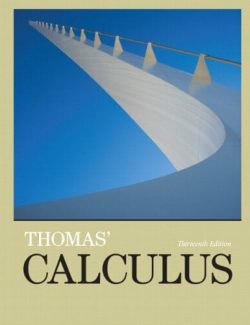

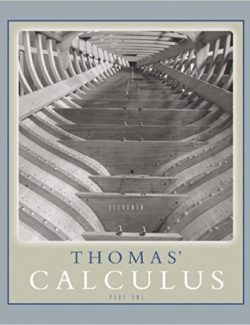
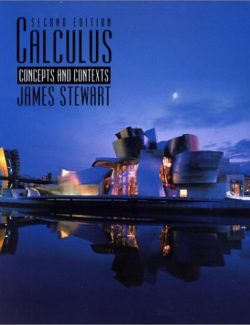
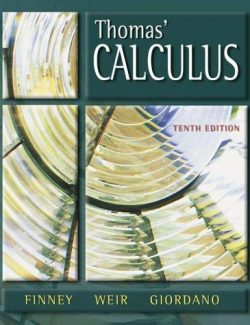
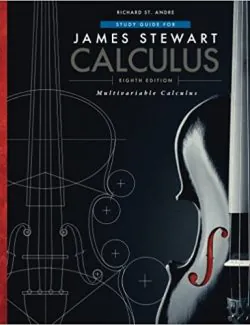
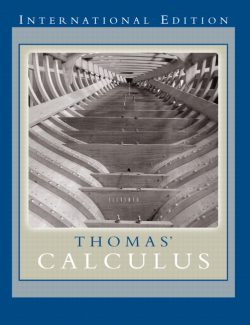
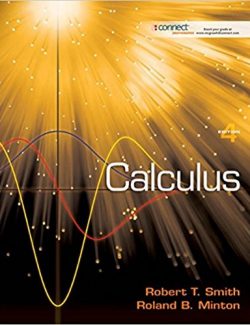
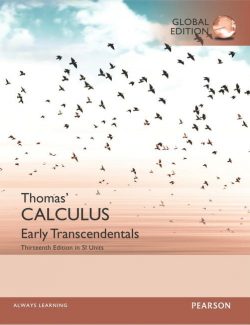
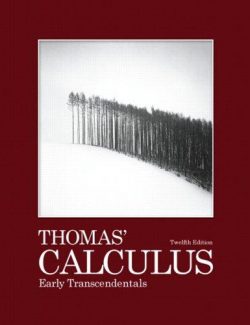
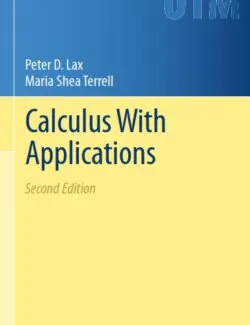
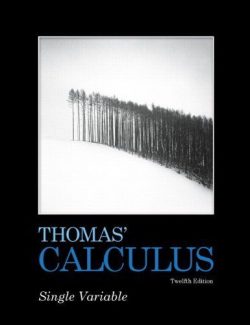
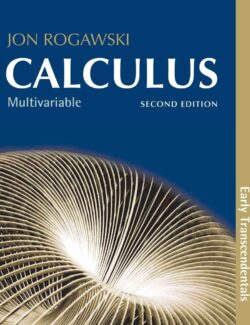
Leave us a comment
1 Comment